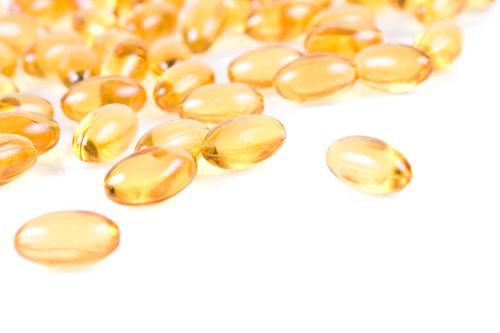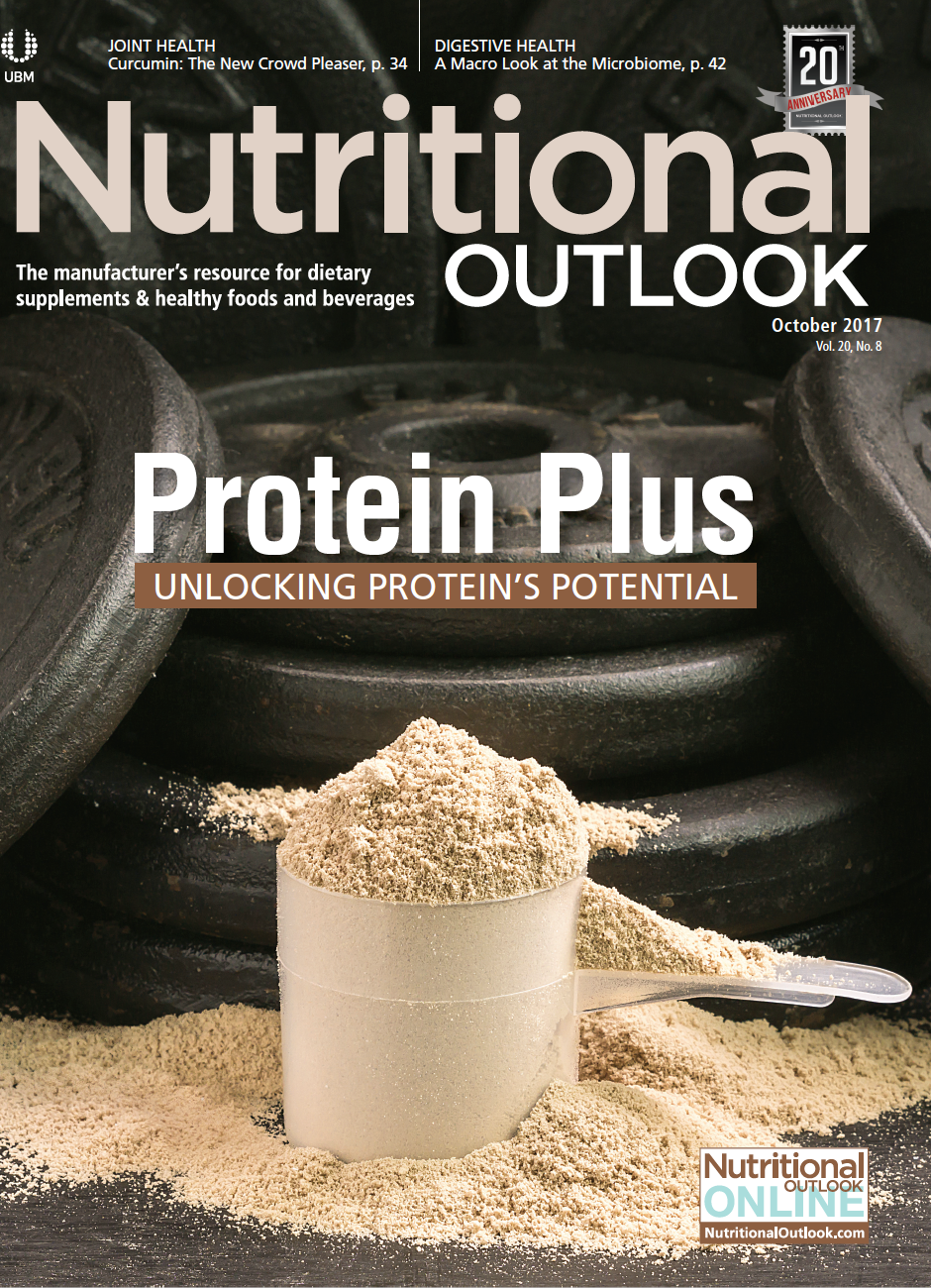Omega-3 Softgels
How softgels help overcome omega-3 delivery challenges and yield a high-quality end product.
Photo © iStockphoto.com/leventince

Supplementing diets with omega-3 fatty acids docosahexaenoic acid (DHA), eicosapentaenoic acid (EPA), and alpha-linolenic acid (ALA) benefits consumers in numerous ways, including helping to promote normal blood pressure levels and lowering triglyceride levels. In addition, DHA has been shown to promote eye and brain health. These omega-3 oils are predominantly sourced from marine organisms, including fish livers, Antarctic krill, and green lipped mussels. Oils like ALA, which is converted to EPA and DHA in the body, can also be derived from plant sources. Alternative non-animal omega-3 sources also include microalgae, which frequently contain EPA or DHA either as glycolipids or phospholipids. Biotechnological genetic modification techniques are also utilized to produce EPA from yeast.
The source of omega-3s is important to health-conscious consumers, as are products that provide superior quality and quantifiable benefits. Today’s consumers are looking for greater convenience and more enjoyable supplements, and delivery systems for omega-3 supplements are continuing to improve.
Fish oils were traditionally served as liquids, with consumers taking a spoonful a day. Many consumers were put off by the liquids’ fishy taste and odor, as well as their tendency to cause acid reflux and a lingering, unpleasant aftertaste. The cause of this often-described rancid taste is the natural oxidation of the omega-3 oil molecules. With a liquid formulation, this effect was almost unpreventable, given that serving the product on a spoon exposes the contents of the bottle to oxygen as soon as the seal is broken for the first time. The purity of the product could also affect the speed of the product’s deterioration, as the presence of trace metals or enzymes within the oil will accelerate oxidation.
Today, there are numerous alternative dosage forms to overcome these delivery system issues. One of the most successful are softgels. For the consumer, this dose form is more convenient and less messy to handle, and for formulation scientists, encapsulation provides the significant advantage of protecting the oil from the effects of atmospheric oxidation, maintaining the quality of the product. The shelf life of products is also greatly increased.
Oxidation of omega-3 oils is irreversible, and besides the unpleasant physical characteristics, oxidation may also reduce a product’s nutritional quality and adversely affect safety via the formation of by-products, including aldehydes, ketones, acids, and other complex molecules. In addition to oxidation, omega-3 oils are prone to degradation brought about by exposure to heat and light, so careful handling throughout softgel manufacturing is critical.
Manufacturing the Optimal Omega-3 Softgel
As with any process, starting with the highest-quality raw material is essential. The next step is to look for a compatible antioxidant molecule with which to co-formulate the omega-3 oil that may help minimize oxidation. There are a number of options for complementary antioxidants, including tocopherols, which are naturally present in some sources of omega-3 oils, or citric and ascorbic acids and a range of spice extracts. There is no one-size-fits-all solution because of the variations-and various needs-of different types of oils. Often, a blend of antioxidants is preferable to a single source.
Next, it’s crucial to find the right manufacturing process. The modern form-fill-seal process used to manufacture most softgel capsules today was invented over 80 years ago by RP Scherer. This process starts off by creating two flat ribbons of gel, which can be animal-gelatin-based, fish-derived, or vegetarian. In Southeast Asian markets, vegetarian materials are becoming more popular, including ones using the seaweed-derived hydrocolloid carrageenan, in combination with starch.
The manufacturing process brings the ribbons of gel together between two rotating dies with capsule-shaped indentation, forming a capsule which is then filled using a nozzle containing the liquid oil, which has been pre-formulated with any other ingredients such as the antioxidants. The softgel is then sealed. It is at this point that the airproof environment is formed, protecting the omega-3 oil.
Throughout production, it is important to maintain a closed system for the transfer of materials so that products remain protected by a blanket of inert gas such as nitrogen, including within the storage drums that the raw materials are delivered in.
The softgels will then undergo primary packaging, usually in bottles or filled into blister packs, preferably in an inert atmosphere to maintain integrity and minimize the risks of oxidation.
Innovative Omega-3 Dose Forms
Within the highly competitive nutritional supplements market, there is strong demand for new innovation in the marketing of products. Softgel encapsulation has revolutionized the omega-3 market away from liquid formulations. In addition, technology advancements such as microemulsion fill technology can improve user compliance by further eliminating the fish oil taste and anti-reflux properties, helping address some of the key challenges with today’s omega-3 products. And technologies for controlled release and a modified delivery profile offer significant benefits to consumers. An acid-stable enteric coating, for instance, would allow softgels to pass through the acidic conditions of the stomach and then dissolve in the more alkaline conditions of the small intestine, reducing reflux and minimizing the potential for unpleasant, fishy aftertastes.
By taking advantage of advanced delivery technologies, formulators and manufacturers are ensuring that consumers have access to convenient and high-quality omega-3 supplements. From liquids and softgels to vegetarian softgels and beyond, the ongoing challenge is to ensure that innovations can continue to meet evolving market demands.
Authors are employed by Catalent Consumer Health. Humera Ahmad is director of product development, APAC; Claudia Valla is product development adviser; and Rosa Bertolami is senior scientist adviser.
Also read:
Will the High-Concentrate Omega-3 Supplements Market Eventually Plateau?




















